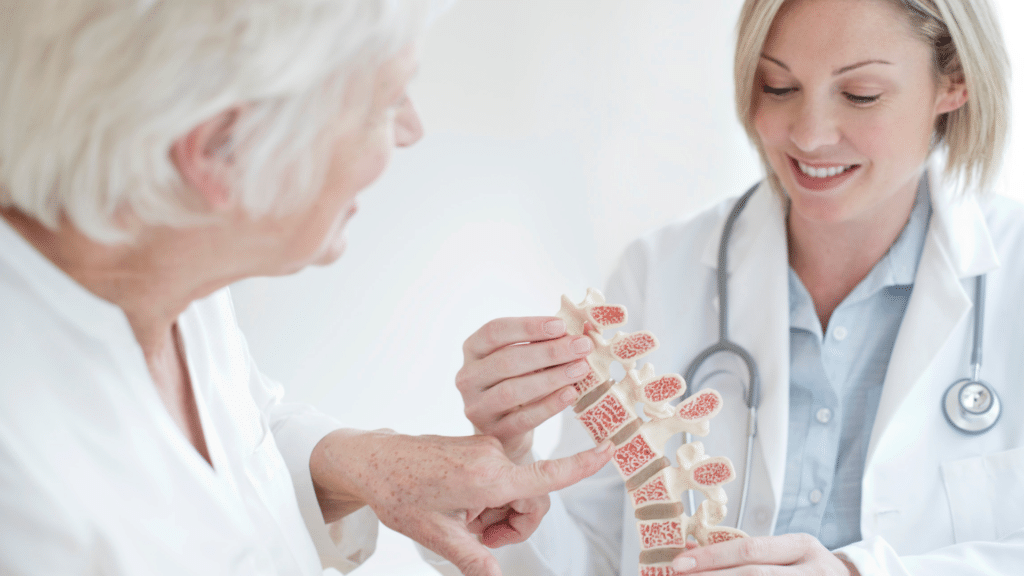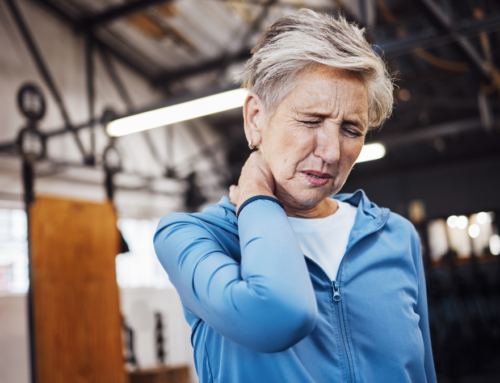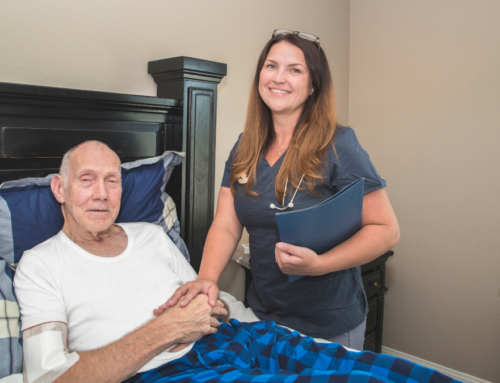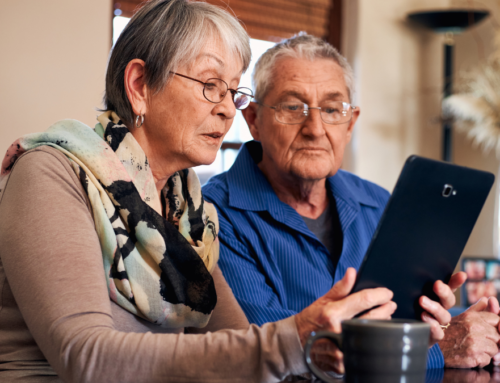 Living with osteoporosis: Tips for seniors to manage the condition and stay active
Living with osteoporosis: Tips for seniors to manage the condition and stay active
Osteoporosis is a condition that affects many seniors, and can make everyday activities such as walking or climbing stairs difficult. If you’re living with osteoporosis, it’s important to take steps to manage the condition and stay active. In this blog post, we’ll share some tips for seniors with osteoporosis on how to stay healthy and comfortable.
What is osteoporosis and what are the symptoms?
Osteoporosis is a condition that causes thinning of the bones and makes them more fragile. This can lead to an increased risk of fractures, particularly in the hip, spine, and wrist. Osteoporosis is often called a “silent disease” because there are usually no symptoms until a bone is broken.
How can seniors manage osteoporosis?
There is no cure for osteoporosis, but there are treatments that can help to slow the progression of the disease and reduce the risk of fractures. Some lifestyle changes that may help include:
Getting enough calcium and vitamin D
These nutrients are essential for bone health. Seniors should aim for 1,200 mg of calcium and 800 IU of vitamin D per day. Foods rich in calcium include dairy products, dark leafy greens, and canned fish with bones (such as sardines and salmon). Vitamin D can be found in fortified foods such as milk and cereal, as well as in fatty fish such as tuna and mackerel.
Getting regular exercise
Exercise helps to strengthen bones and muscles, and can also help improve balance to prevent falls. Seniors should aim for at least 30 minutes of moderate-intensity activity on most days of the week.
Eating a healthy diet
A diet that is high in fruits, vegetables, and whole grains can help to reduce the risk of osteoporosis.
Quit smoking
Smoking is a major risk factor for osteoporosis. If you smoke, quitting is one of the best things you can do for your bone health.
Tips for seniors to stay active and independent with osteoporosis
Staying active and independent is important for seniors with osteoporosis. Here are some tips to help you stay on your feet:
Use a cane or walker
If you have osteoporosis, using a cane or walker can help you stay steady on your feet and reduce your risk of falling.
Wear supportive shoes
Wearing shoes with good support can help to reduce stress on your bones and joints.
Take your time
When you’re doing activities such as walking or climbing stairs, take your time and avoid rushing.
Do strength-training exercises
Strength-training exercises can help to build muscle and improve balance. Talk to your doctor or physical therapist about exercises that are appropriate for you.
Stay at a healthy weight
Maintaining a healthy weight is important for bone health. If you’re overweight or obese, talk to your doctor about ways to lose weight safely.
How to prevent falls and fractures in people with osteoporosis
Falls and fractures are a major concern for people with osteoporosis. Here are some tips to help you prevent falls and fractures:
Have your vision checked
Poor vision can increase your risk of falling. Be sure to have your eyes checked on a regular basis.
Remove tripping hazards
Keep your home free of clutter and make sure there are no loose cords or rugs that could cause you to trip.
Use assistive devices
If you have osteoporosis, using devices such as grab bars and raised toilet seats can help you maintain your independence and prevent falls.
Get a bone density test
A bone density test can help to identify osteoporosis before a fracture occurs. Talk to your doctor about whether you should have this test.
Take medication as prescribed
If you have osteoporosis, taking medication as prescribed can help to prevent fractures. Be sure to talk to your doctor about all of the risks and benefits of taking medication for osteoporosis.
How can in-home caregivers help seniors living with osteoporosis
If you’re a senior with osteoporosis, you may need help with activities of daily living such as bathing, dressing, and cooking. An in-home caregiver can provide the assistance you need to stay safe and independent at home. Here are some ways an in-home caregiver can help:
Help with bathing and dressing
An in-home caregiver can help you with bathing and dressing, and can also make sure you’re taking your medication as prescribed.
Help with household chores
An in-home caregiver can help with cooking, cleaning, and other household tasks.
Provide transportation
An in-home caregiver can provide transportation to doctor’s appointments and other activities.
Help with exercises
An in-home caregiver can help you with exercises that are appropriate for your level of osteoporosis.
Provide companionship
An in-home caregiver can provide social interaction and companionship, which is important for seniors with osteoporosis.
If you’re living with osteoporosis, in-home care can help you maintain your independence and quality of life. Talk to your doctor about whether in-home care is right for you. If you have elderly parents in this situation, you can either give us a call at (678) 494-8129 or email us at info@SilverCompanions.com and let our team help create your personalized plan today. Our team would love the opportunity to partner with your loved one(s) so they’re living safely at home as much as possible without having any falls along the way!





